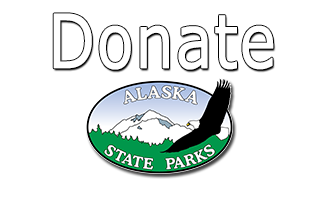Avalanches

Prevention is the key to avalanche safety. To minimize the risks, know the dangers and warning signs before you travel in the backcountry. Remain constantly aware of changes in the weather and temperature, especially if you are traveling the backcountry for many hours.
Several factors may affect the likelihood of an avalanche, including weather, temperature, slope steepness, slope orientation (whether the slope is facing north or south), wind direction, terrain, vegetation, and general snow pack conditions. Different combinations of these factors can create low, moderate or extreme avalanche conditions.
Avalanches occur when a snow load is so great it can no longer "stick" to a sloped mountain side. The danger is greatest just after a new storm has dropped a fresh load of snow, or high winds have overloaded slopes.
Anything steeper than 25 degrees can avalanche but most avalanches occur on slopes between 30 and 45 degrees. Be wary of steep, smooth, leeward slopes. Choose slopes on the windward side.
The snow itself can be tested on site to see how likely it is to slide. A type of snow called depth hoar (a course, grainy form of snow crystal) similar to dry sand, bonds poorly and creates a very weak layer in the snow pack. Unfortunately, the weather conditions necessary to produce depth hoar most often occur very early in the season, and these weak layers are buried under subsequent snows. Other danger signs include seeing fresh avalanche tracks in the area or hearing "whoomping" noises as you travel across the snow.
Pay attention to the terrain. Bowls and gullies increase the possibility of an avalanche. Heavily forested areas are safer than open spaces.
Before you go into the winter backcountry, take a class and learn to detect and avoid avalanche danger. The internet, library and sporting good stores offer many resources on Avalanche Safety.
The links below are a curtesy of Alaska State Parks with no formal endorsement.
| Avalanche Courses in Alaska | Avalanche Information on the Web |
| Alaska Avalanche School | Forest Service National Avalanche Center |
| Alaska Avalanche Center | |
| Avalanche.org | |
| Avalanche Brochure | Cyberspace Snow and Avalanche Center |
| Alaska Mountain Safety Center, Inc. | American Avalanche Association |
| Canadian Avalanche Association | |
| Books and Videos |

